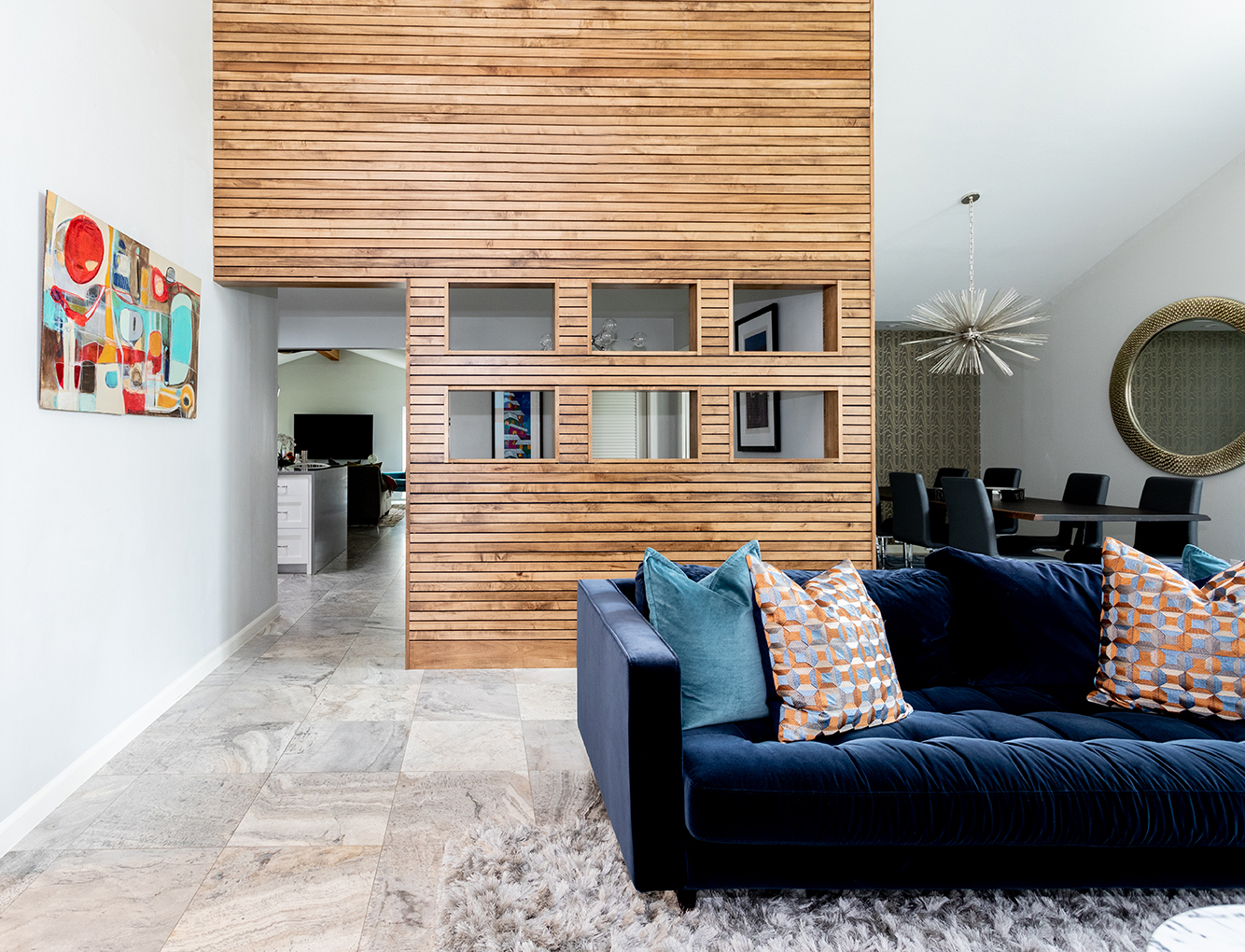 Interior Design by Urbane Design
Interior Design by Urbane Design
Do you know that colors affect how you feel?
Some colors can make you feel relaxed, tensed, happy, sad, energized, or calm. Although the concept of colors may sound straightforward and simple, there are some intricacies in it. That is why we have the interior design niche.
Here, you can use colors to create any desired mood for various rooms or spaces in the house. Interior designers utilize color psychology to create impressions more than other factors.
When choosing a color for any room, interior designers always consider the atmosphere they intend to build. That is because different shades of colors evoke diverse emotions. Also, the color of your home reflects the type of people residing in the house.
To explore this concept, we will explain the psychological effects of each color in interior design.
Psychological effects of white color
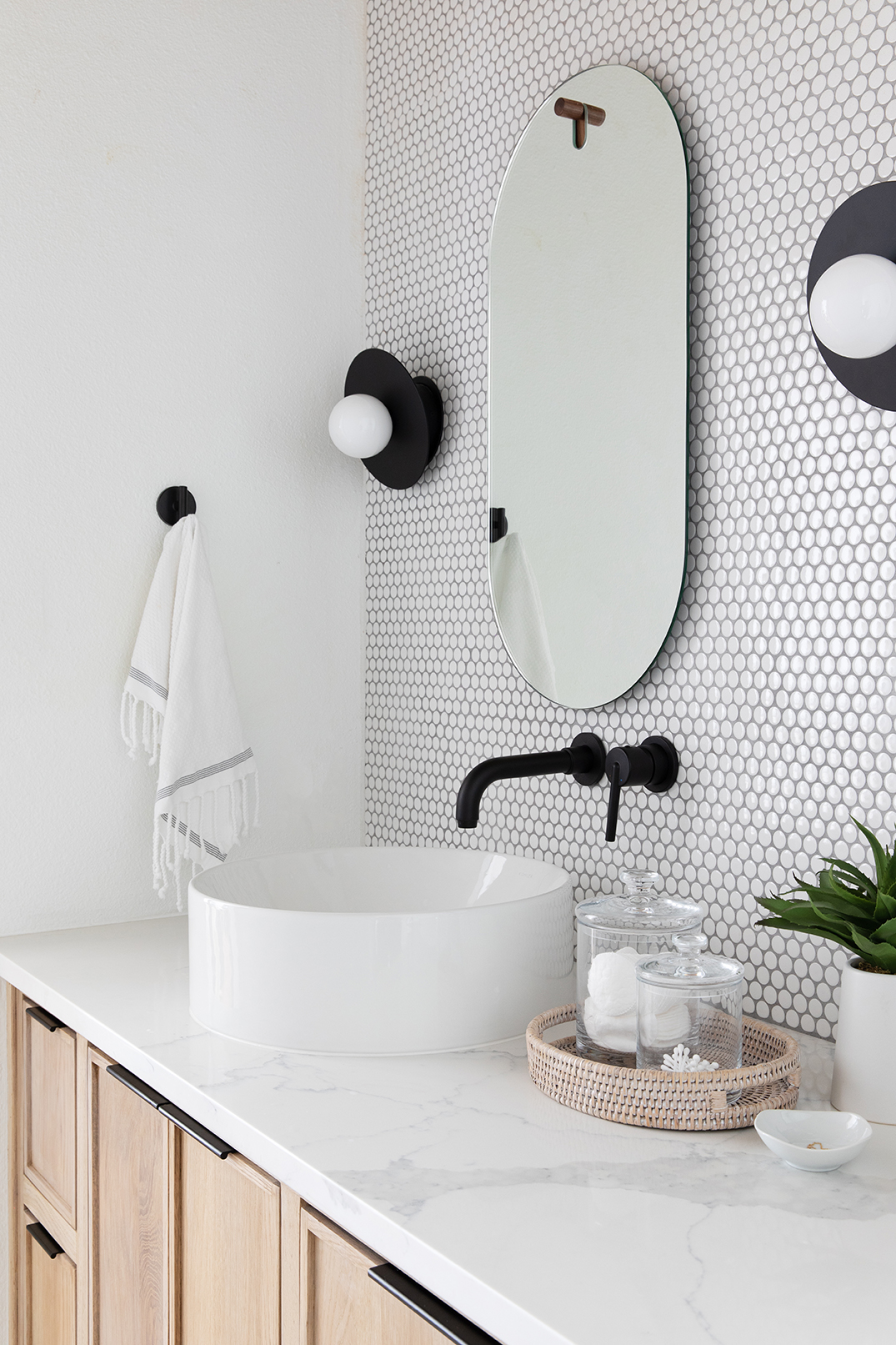 Interior Design by Urbane Design
Interior Design by Urbane Design
Recently, there has been an increasing popularity of Scandinavian design. As a result, many people now crave space-white furniture and all-white wall decor.
Without proper accent pieces, an all-white color can feel barren or cold. However, with a good accent, the white color feels modern, livelier, crisper, and fresh. White signifies perfection, cleanliness, wholeness, purity, innocence, and completion.
With this color on your walls, you can make a small room appear bigger. It is suitable for your bedrooms, living rooms, and bathrooms. It is also a good color for rental properties where tenants can choose their own accent pieces to make it livelier.
Psychological effects of black color
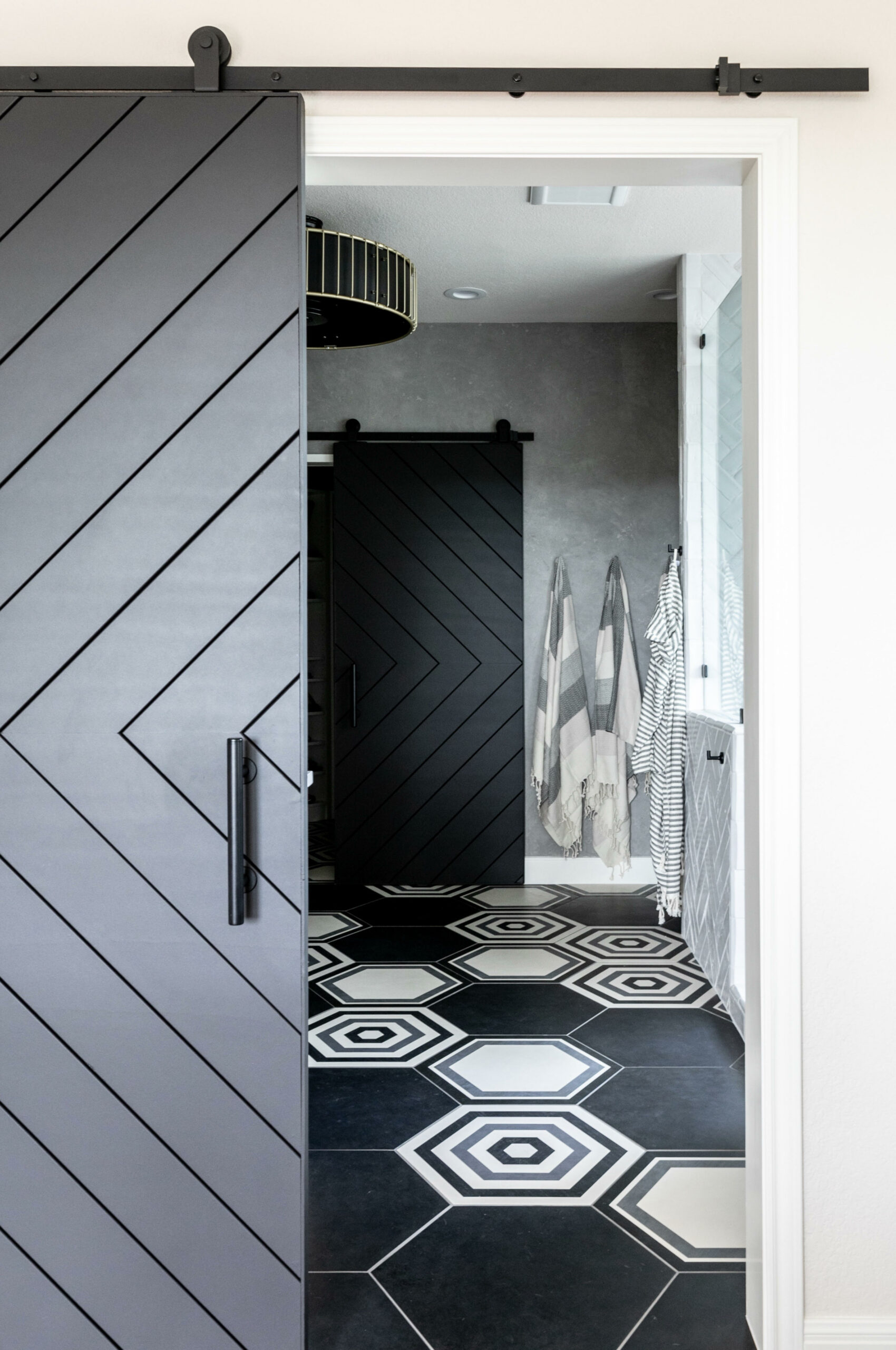 Interior Design by Urbane Design
Interior Design by Urbane Design
Black is the color of luxury, sophistication, elegance, mystery, power, and wisdom. An all black interior can be overwhelming, oppressing, or dreary. For this reason, some people associate it with death, mourning, or evil.
However, black is better in small amounts where you use them as an accent or on your furniture and appliances. You can also use it in your office. Proper use of this color can give your room elegance and also add depth to it.
Psychological effects of red color
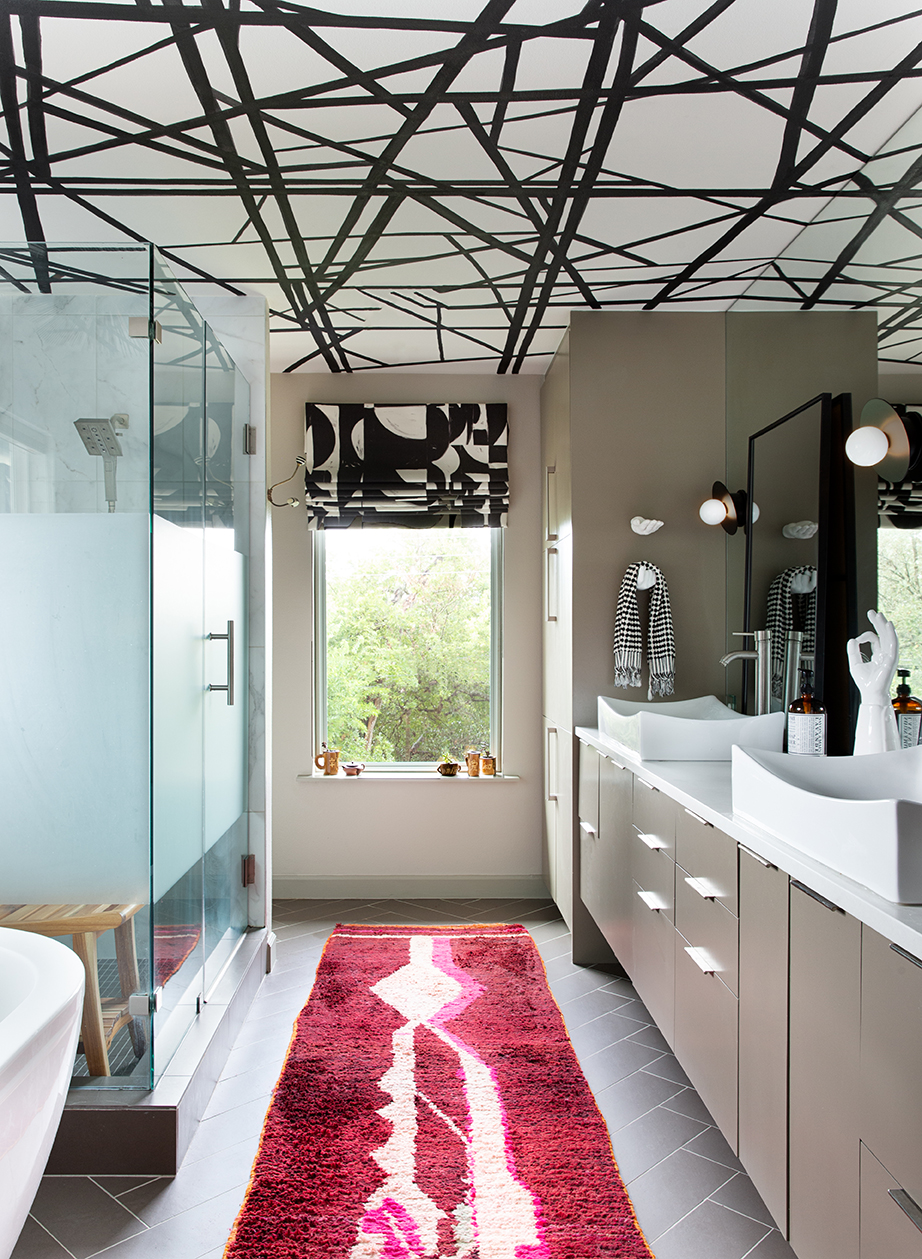 Interior Design by Urbane Design
Interior Design by Urbane Design
The red color is highly stimulating and evokes strong emotions. It can ignite power, strength, energy, ambition, action, desire, passion, and excitement. Sometimes, it may signify danger or war.
Depending on the hue, red can be earthy and warm or dramatic and bold. Rusty shades of red will make a room to be cozy, while deep crimson ignites drama and passion.
Always use red in rooms that need high energy. For instance, you can use them in dining rooms, restaurants, living rooms, entertainment spaces, and offices.
If you use red in your entrance hall, it will give a powerful first impression. However, excessive use of red color in your house can be overstimulating.
Psychological effects of blue color
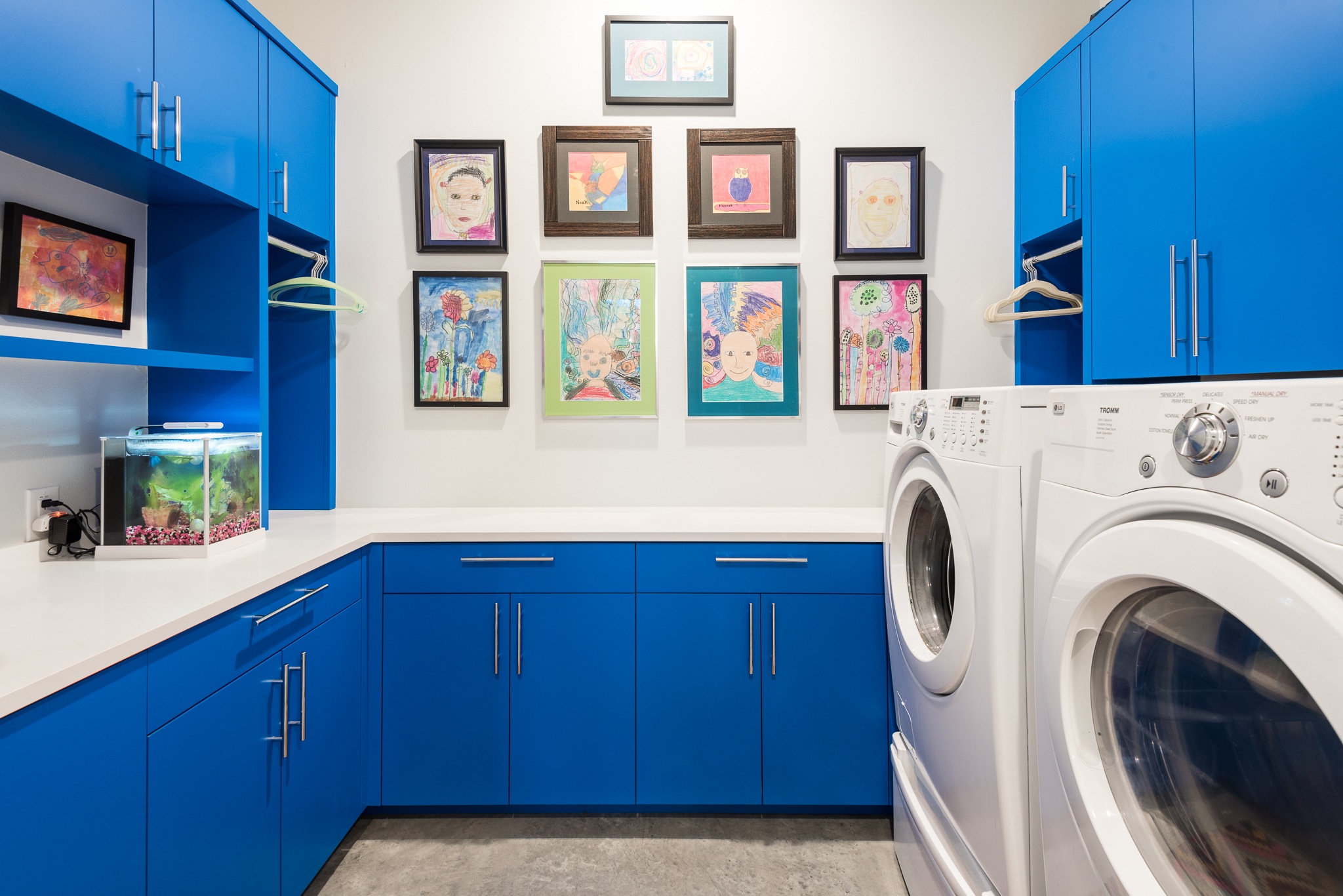 Interior Design by Urbane Design
Interior Design by Urbane Design
Blue color evokes peace, serenity, tranquillity, depth, calm, and stability. It signifies truth, faith, sky, heaven, trust, success, wisdom, loyalty, and confidence. Some people believe that the blue color helps to reduce heart rate, blood pressure, metabolism, and respiration.
The shade of blue also matters. For instance, you can use sapphire blue as an accent color. Pastel blue appears dull on the walls if the room doesn’t have enough natural light. Sky blue is versatile for any room, while royal blue will make the space feel masculine.
The blue color is suitable for bedrooms, bathrooms, spa rooms, and other places where you need relaxation. It would be best to use blue color wisely because, in excess, it can be depressing.
Psychological effects of orange color
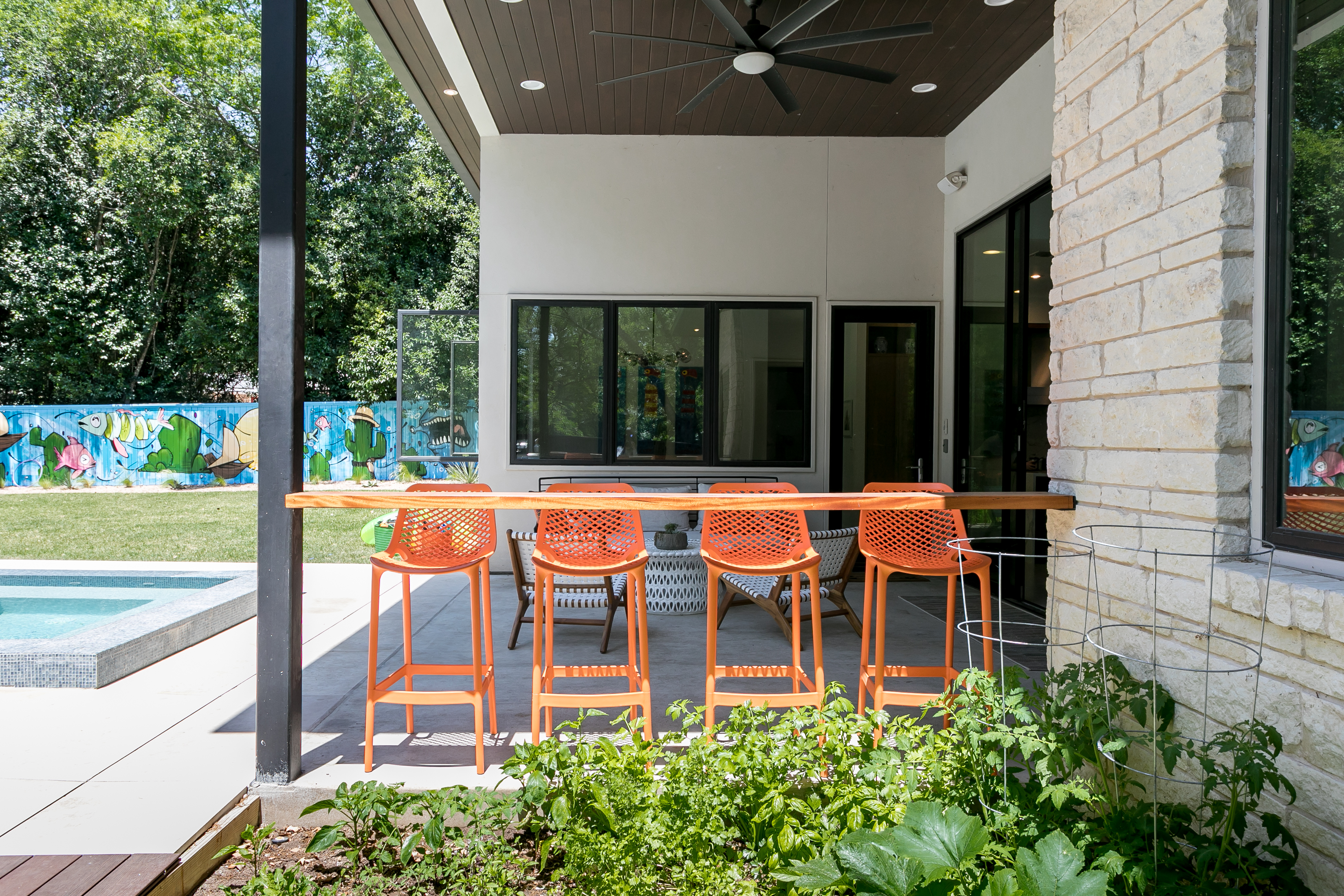 Interior Design by Urbane Design
Interior Design by Urbane Design
Orange color stimulates energy, attraction, joy, happiness, fun, determination, creativity, encouragement, and enthusiasm. It signifies sunshine, brightness, hospitality, and courage.
Research shows that the color orange increases the supply of oxygen to the brain leading to the stimulation of brain activity. It is a suitable color for the dining room, restaurant, kid’s room (in small doses), living room, and offices. Excessive use of orange color can also be overwhelming. However, terra cotta hues are claiming and cozy.
Psychological effects of grey color
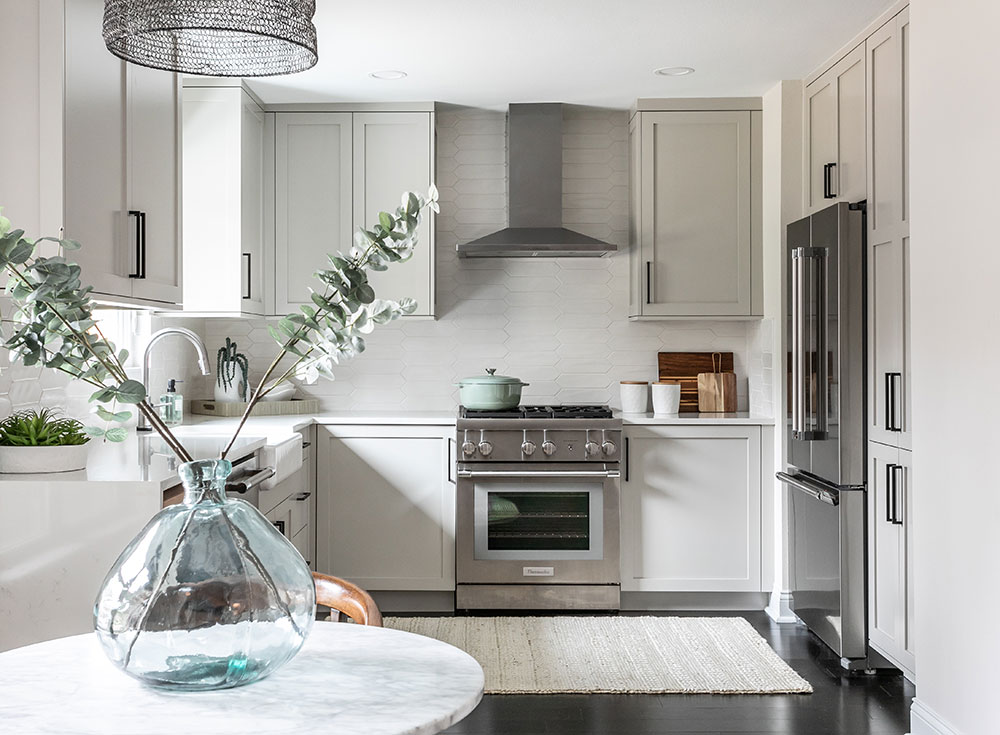 Interior Design by Urbane Design
Interior Design by Urbane Design
Grey is a versatile color that evokes serenity, composure, solidity, calm, and intelligence. Depending on the hue, this color could be strong and confident or soft and delicate. On your walls, it gives a sharp contrast with a white ceiling. You can use grey almost anywhere.
Psychological effects of purple color
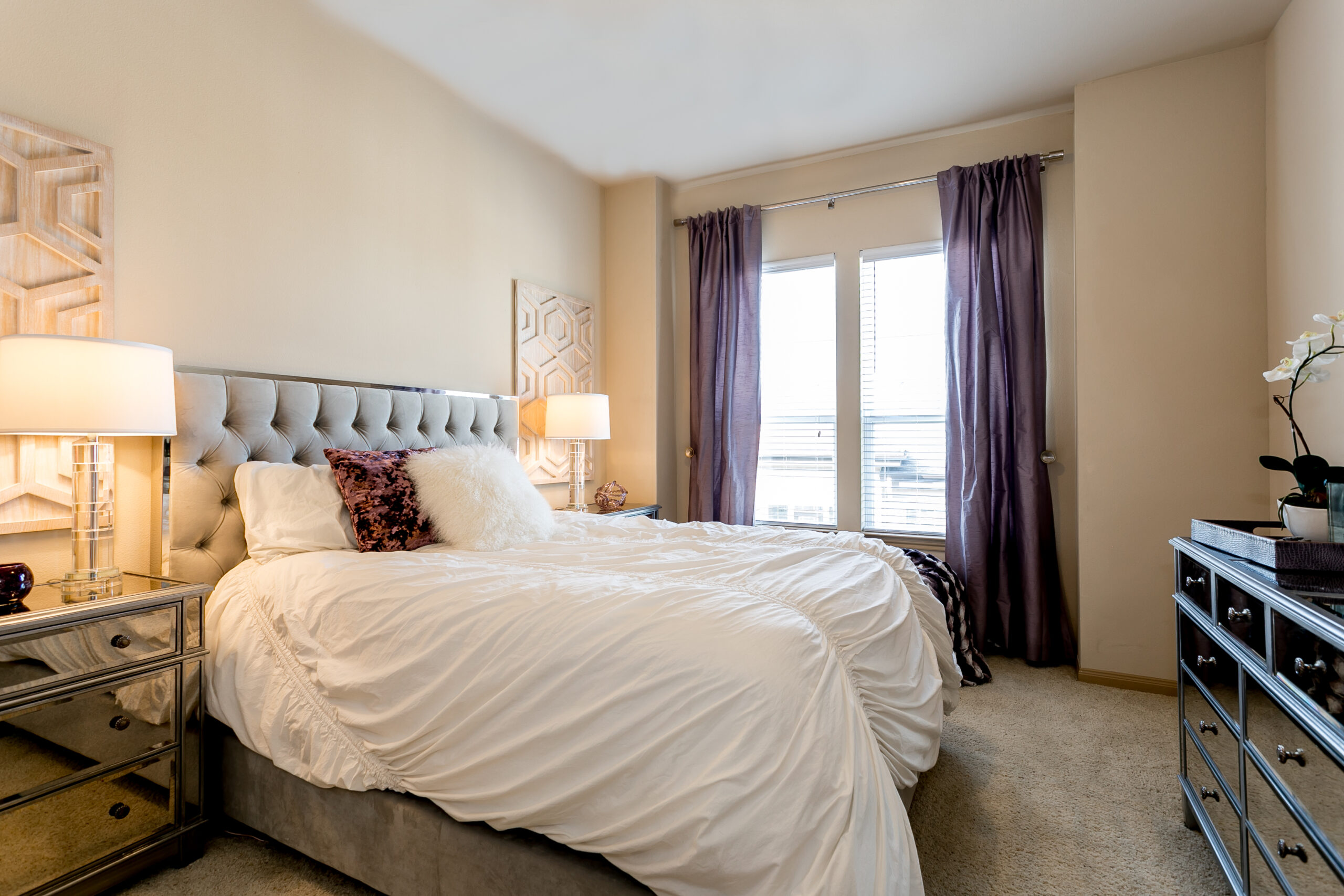 Interior Design by Urbane Design
Interior Design by Urbane Design
Purple is the color of royalty, wisdom, creativity, luxury, and richness. It inspires mystery, fantasy, spirituality, calm, and nobility.
Dark hues of purple associate with sadness and frustration, while light lavender gives a calm feeling. Purple color is a good choice for bedrooms, children’s room, dressing room, and entrance hallway.
Psychological effects of green color
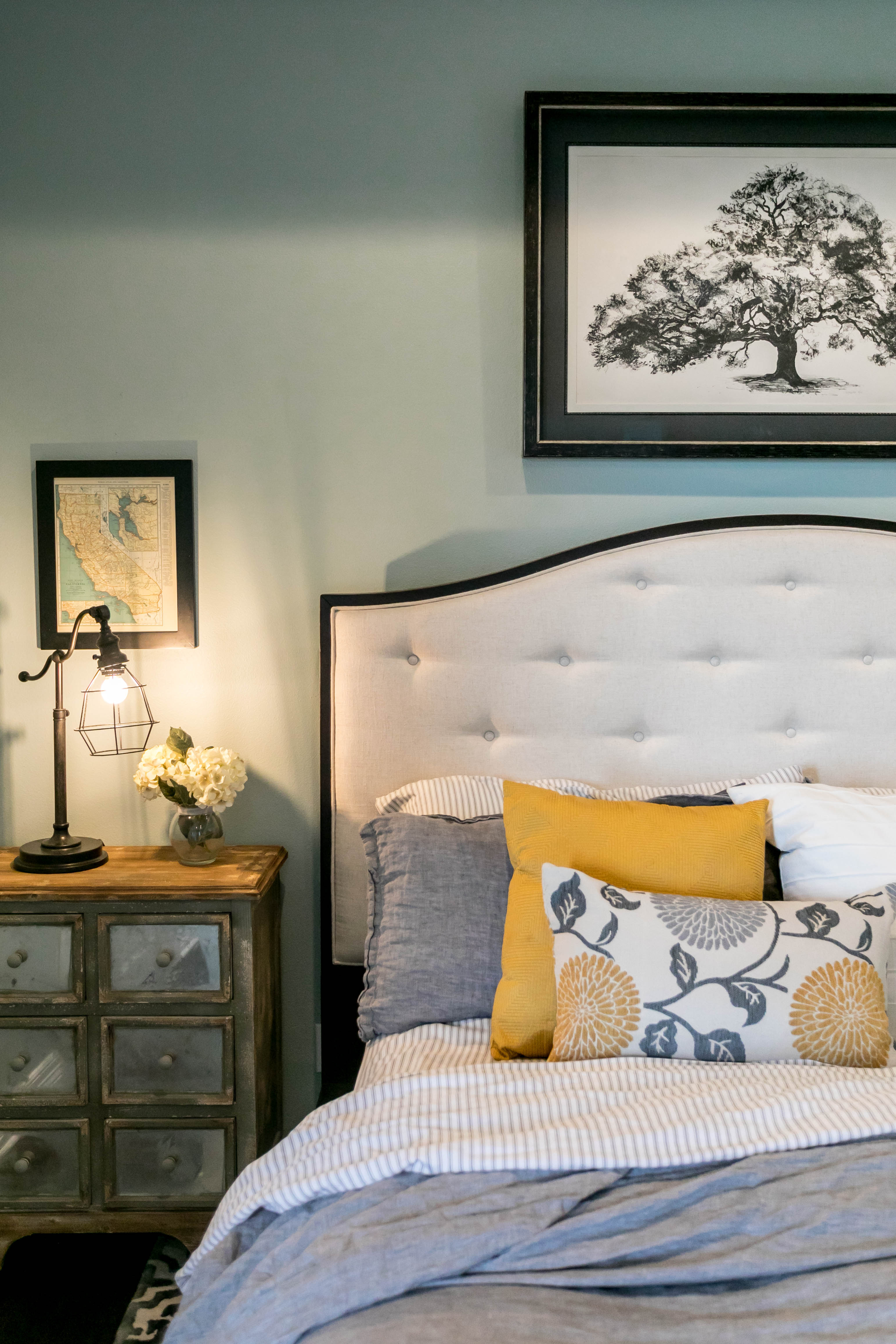 Interior Design by Urbane Design
Interior Design by Urbane Design
The green color signifies nature, harmony, balance, hope, and good luck. It is the most restful color for the eyes that stimulates security and calmness.
Light green or sage green evokes focus and creativity. But hunter green adds elegance and intensity. Green is an appropriate color for your bedroom, living room, bathroom, or office.
The bottom line
While trying to beautify your home, we advise that you also bring out the full potential of each space. Excessive use of any color gives undesirable effects. Always contact professionals that will guide you through your interior design.
Article Provided by Limestone Country Properties